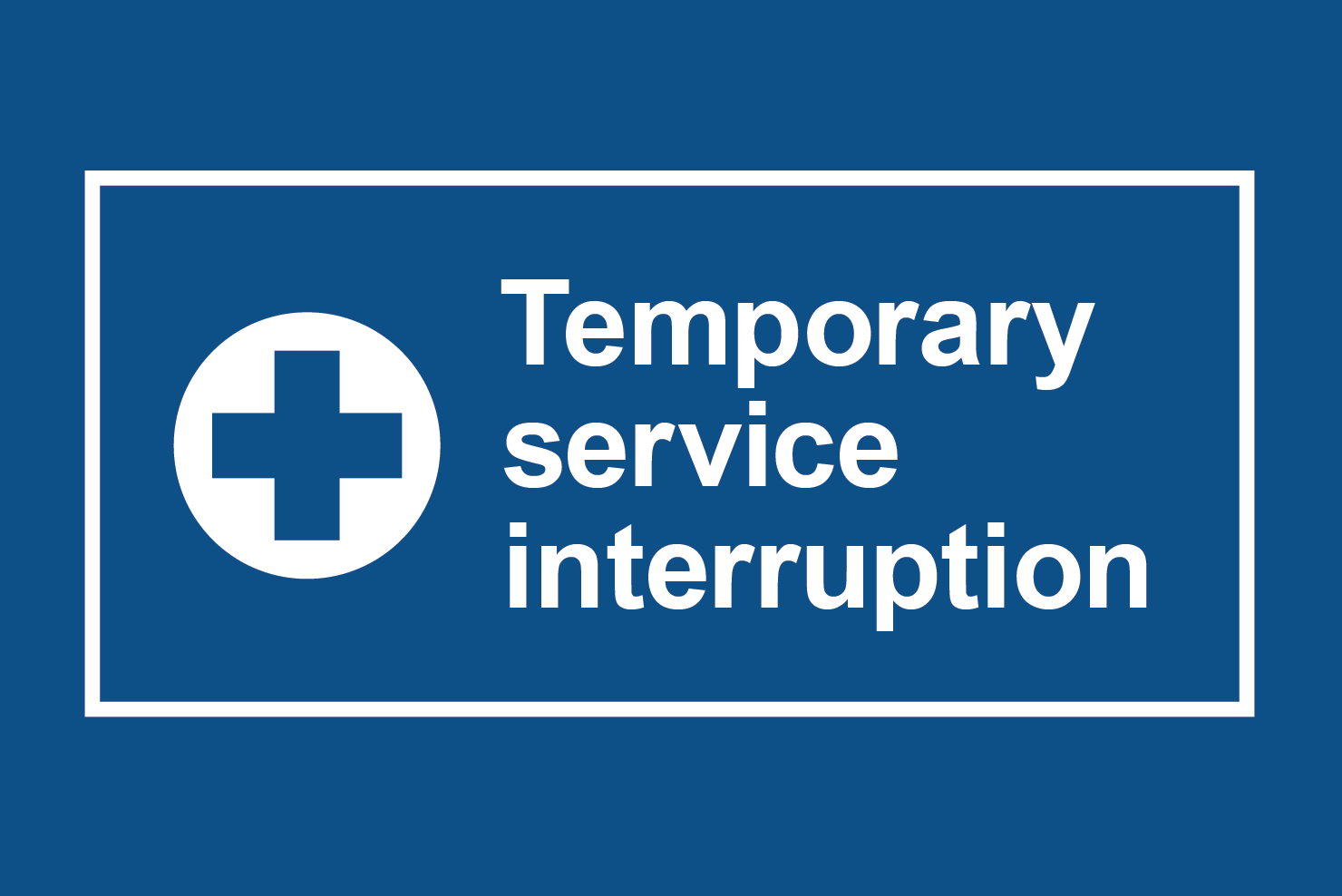
Fall and winter months bring darker days and lots of rain.
Many people feel “down” or have the “winter blues” when the days get shorter in fall and winter and generally feel better in the spring when longer daylight periods return. Getting outside, staying active and connecting with friends and family during the long winter months can help improve your mood.
Sometimes, these mood changes are more serious and may impact how a person feels, thinks and behaves. If you have noticed significant changes, it may be helpful to speak with your doctor or access free counselling services through Wellness Together Canada. You can also self-refer to a Mental Health Centre in your area to access a number of mental health and substance use services covered by MSP.
Here are things you can do to help stay active and well this season.
Keep moving
- Start small. Step outside, even if it’s just for a few minutes, and take a few deep breaths.
- Make sure you have a proper waterproof raincoat, boots and other appropriate gear that will keep you warm and dry. They don’t have to cost a lot, great lightly used items can be found on marketplace or at your local thrift store.
- If the weather stops you from going outside, keep moving at home with light stretching or – try a free online yoga or fitness class.
- Try a fitness class at your community centre – they often offer low-cost classes and swim passes for all ages and abilities
- Sign up for a charity run in the spring, so you have a goal and then start training by yourself or with a running club. Search online for any free running groups in your area.
- If you work during daylight hours, invite a co-worker to go for a short walk at lunch time.
- If you work evening shifts, get up a little earlier to enjoy some outdoor daylight, even if it’s raining.
- Ask your neighbour if you can take their dog for a walk
Stay connected
People who are more connected to others have lower levels of anxiety and depression. Moreover they have higher levels of self-esteem, empathy for others and are more cooperative and trusting. Social connection is not about how many friends you have, it is the experience of feeling close to others and a sense of belonging with a community.
- Keep in touch with friends, family and neighbours – call someone or plan for a video call.
- Invite someone over for crafts, games, food or to make cookies or dinner.
- Join an outdoor or mall walking group.
- If you’re unable to go far, hang out in your building or complex’s communal are
- Take care of oneself – find what makes you feel good inside and make time everyday
- Start a winter book club - talk to your local library for suggestions and help.
- Reconnect with faith based/spiritual events.
- Volunteer with local conversational groups and connect with someone who is feeling isolated. Check out this posting for social prescribing volunteer.
- Check in with a neighbour.
- Contact your local SPCA or city animal shelter for a visit or volunteer opportunities.
- Ask for help. People are willing to help us, but if we don’t ask, they assume we don’t need help.
Deal with debt
There are many reasons we spend more money during the winter months. Debt can be a major stressor, and can lead to increased worry, loss of sleep and changes to appetite.
Naming and dealing with the problem can help.
The Credit Counselling Society is a registered charity and not-for-profit organization that can provide resources from managing money to using credit responsibly to assistance with debt solutions. They also offer an online service called myMoneyCoach where you will find money management resources and webinars.
Seek help for substance use if you have concerns
People sometimes increase their substance use during the winter or during the holidays.
If you are concerned about your substance use, visit a community substance use services clinic for counselling or one of our Rapid Access to Addiction Care clinics for a medical assessment.
If you use substances that could put you at risk of an overdose, follow these steps:
- Don’t use alone
- Make a plan with people you are using with in case someone overdoses
- Start slow, go slow, especially after taking a break from use
- Don’t mix different drugs or drugs and alcohol
- Get your drugs checked
- Learn more about naloxone and carry a kit
- If you use alone, use the Lifeguard app
Learn more about overdose prevention.


